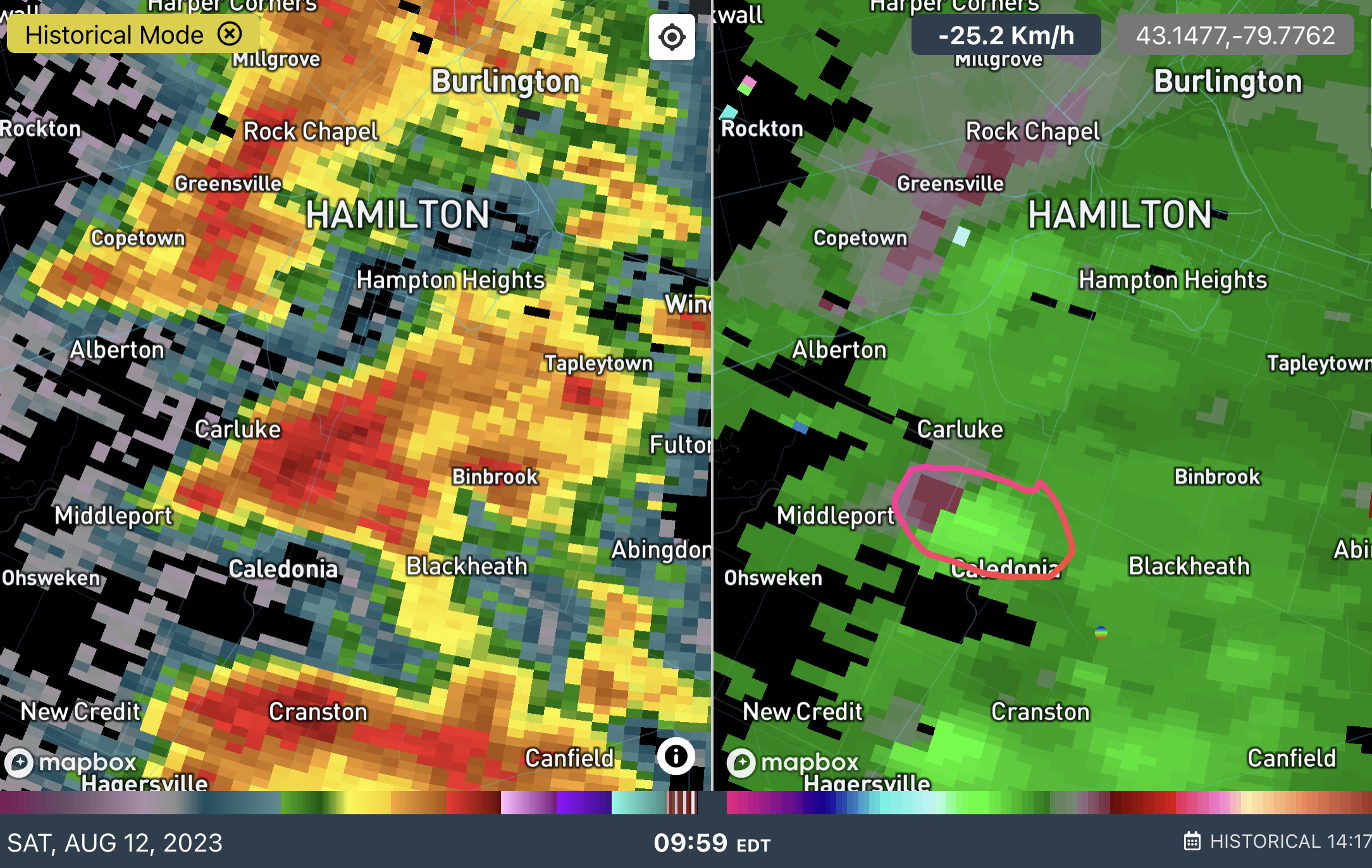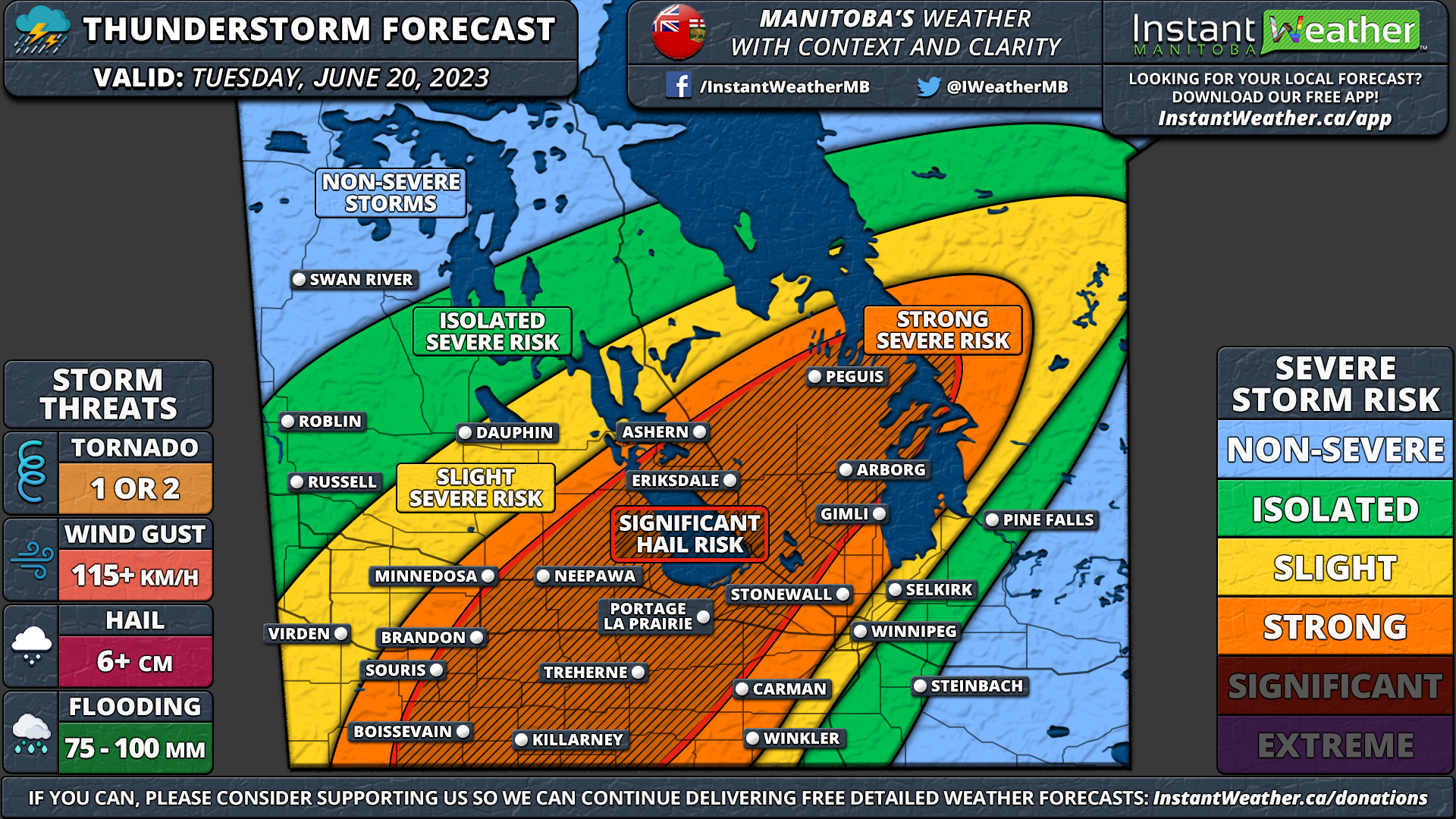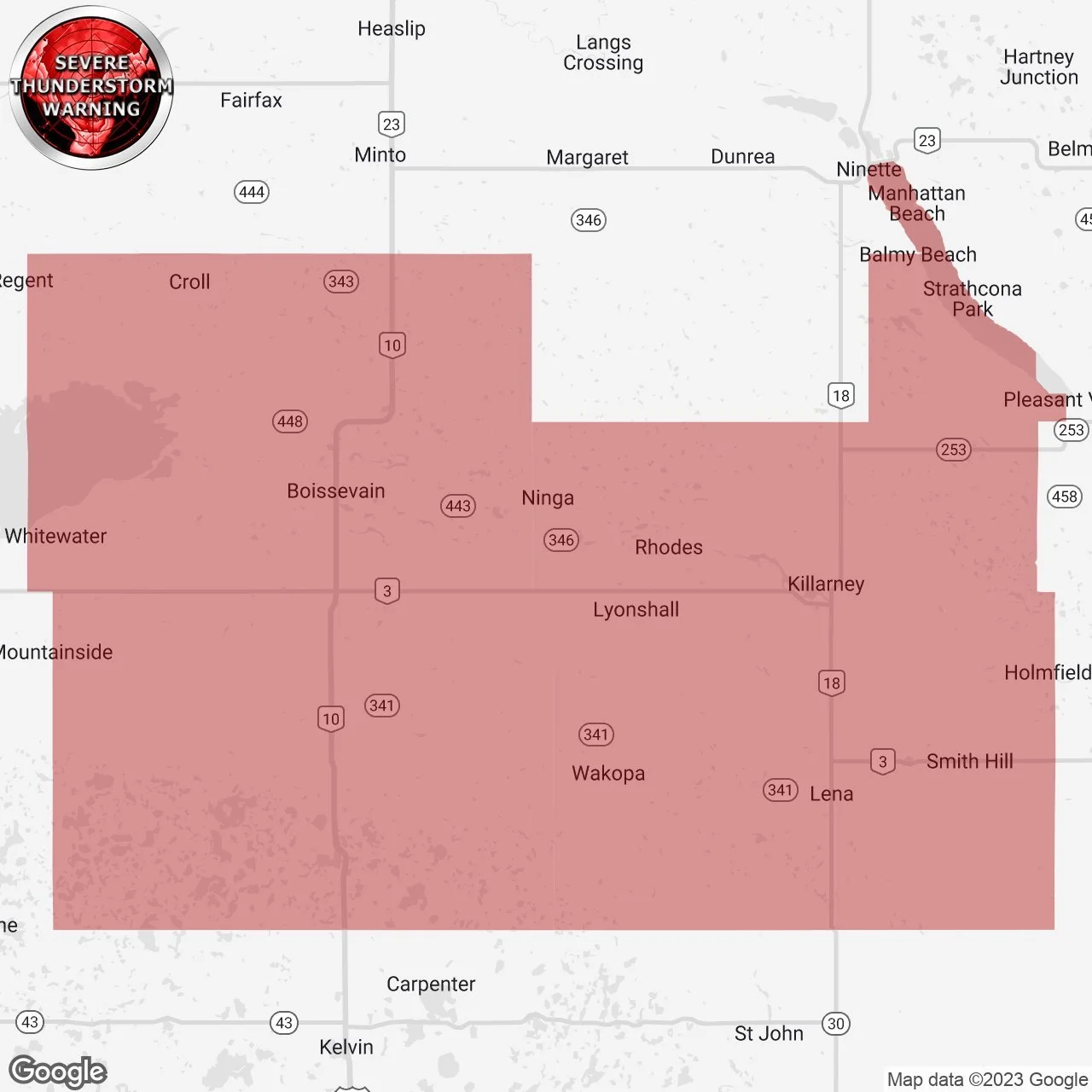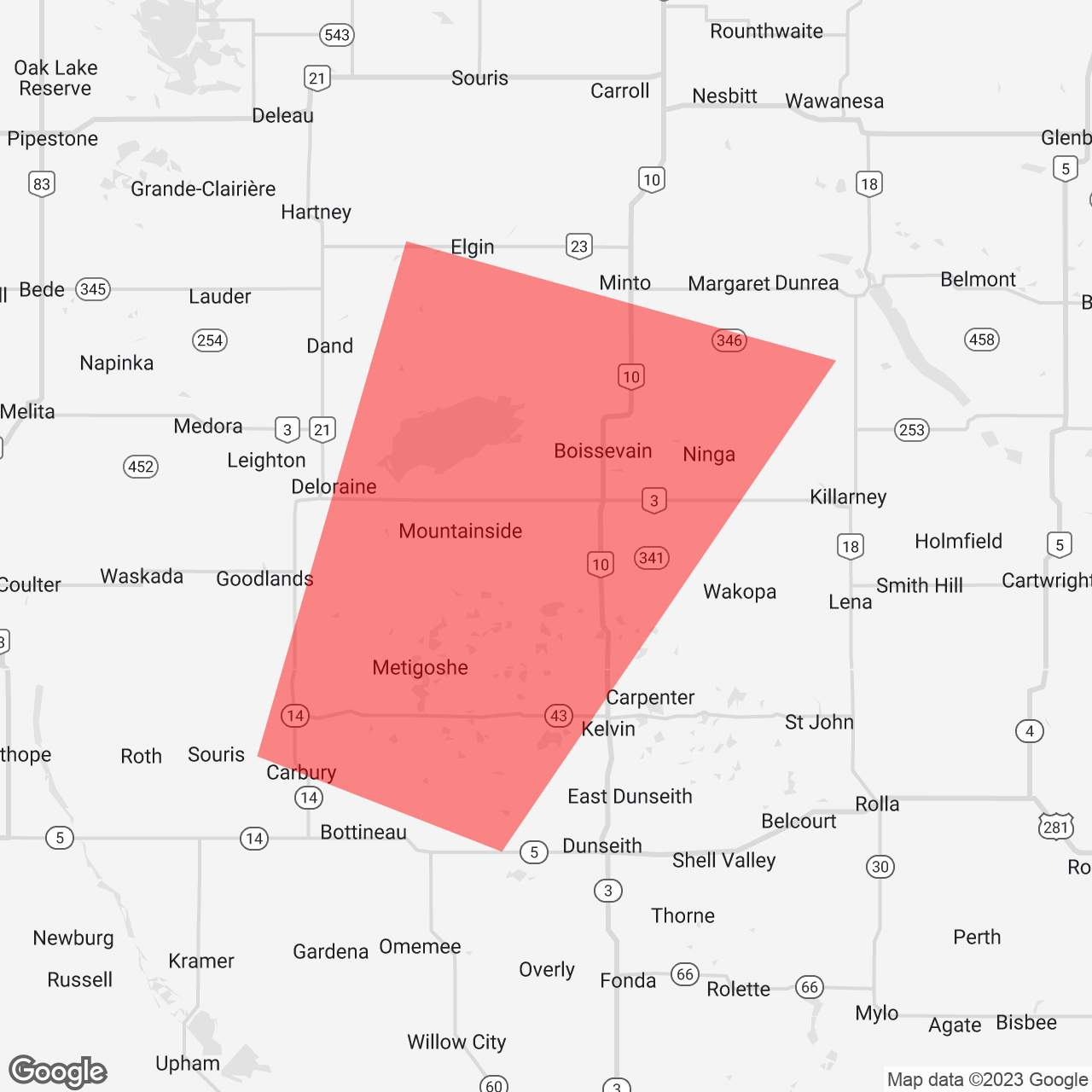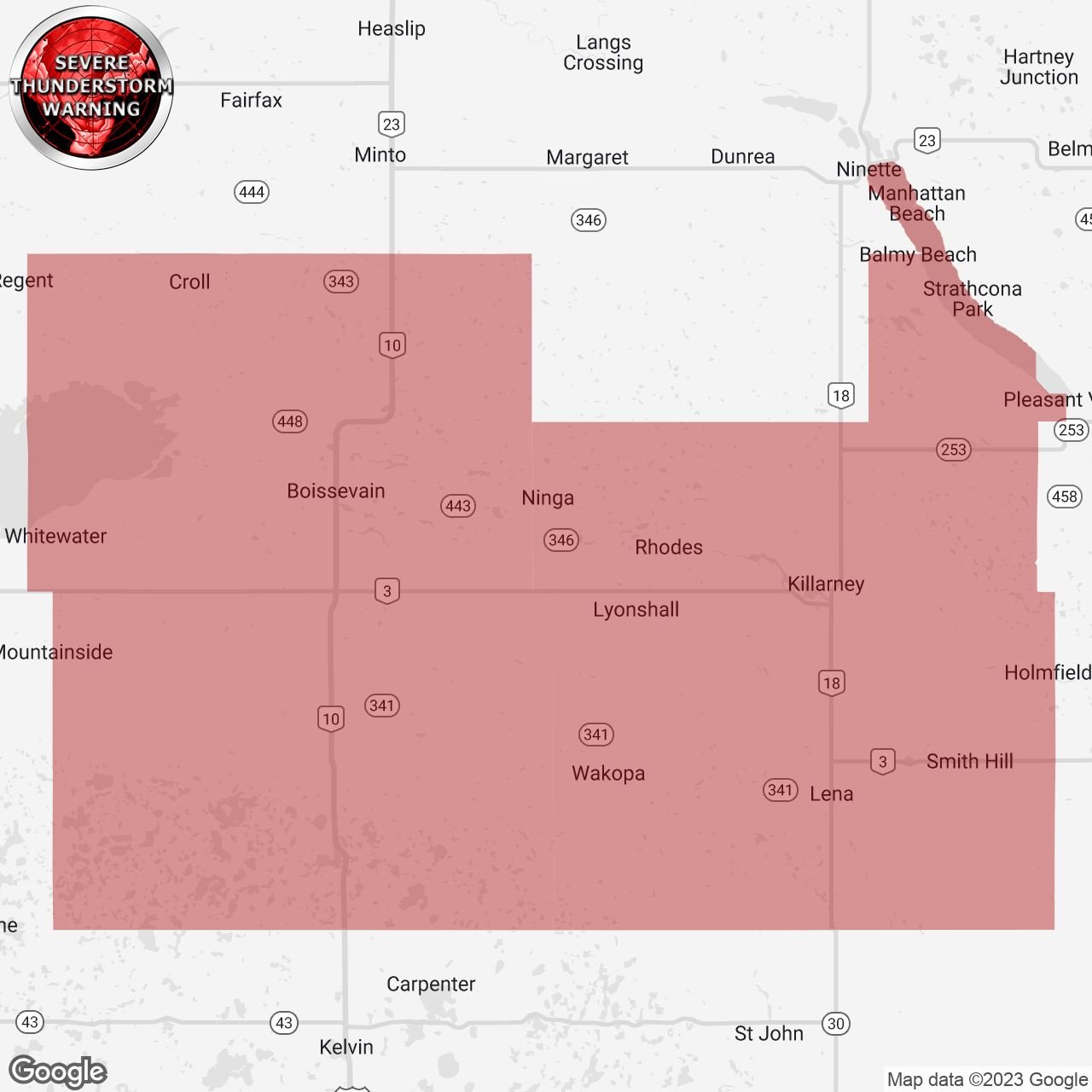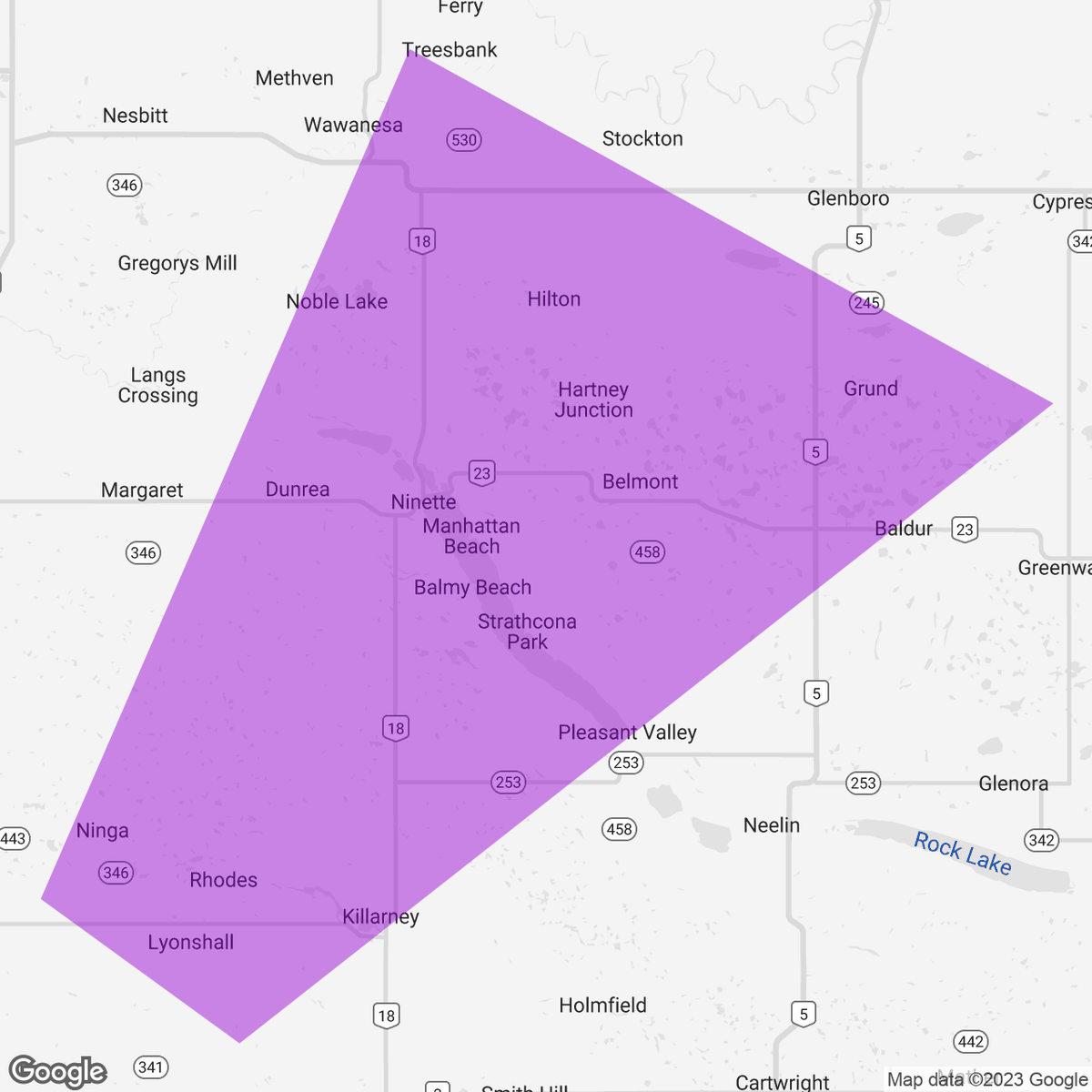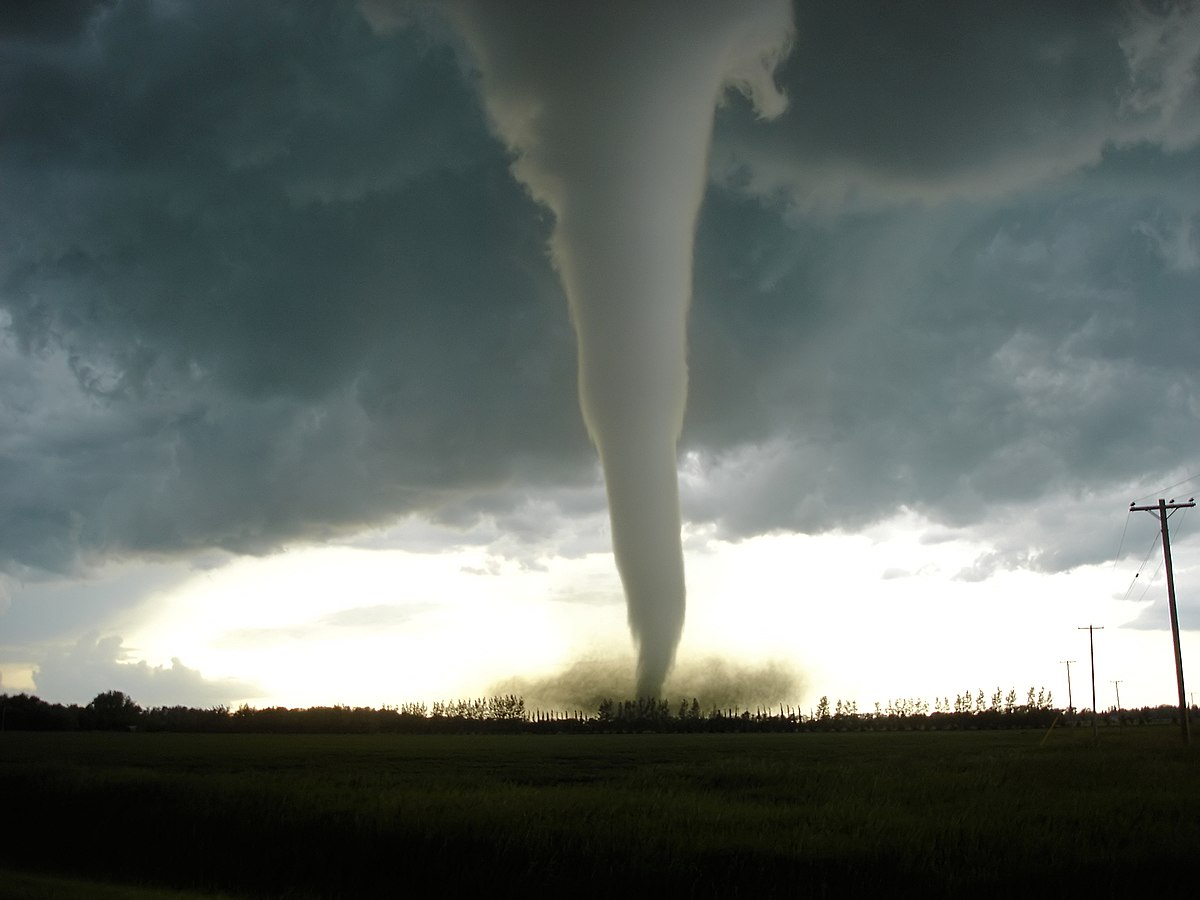Three Additional Tornadoes Confirmed Across Alberta From Earlier in 2023
/After each tornado season, the Northern Tornadoes Project (NTP) reviews satellite imagery of treed areas across the country to find evidence of tornado damage that may have been missed due to a lack of reports or poor radar coverage.
After completing their review of Alberta, the NTP has catalogued three new tornadoes for the 2023 season. With the additional confirmed tornadoes, the overall 2023 tornado count for Alberta stands at 19.
The first new tornado was an EF1 that touched down near Lawrence Lake, to the east of Hondo, at approximately 4:00 pm on May 23rd, with an estimated maximum wind speed of 145km/h.
The second tornado was also an EF1 and this one touched down near McGregor Lake, northeast of Nordegg, on June 17th at approximately 1:10 pm with estimated maximum wind speeds of 145km/h.
The third tornado was an EF0 west of Cynthia. This particular tornado was found as a result of a private drone survey that showed tornadic tree damage in a forest that had recently been impacted by a fire. Further investigation established that this tornado had touched down at approximately 6:05 pm and had maximum wind speeds of 105km/h.




